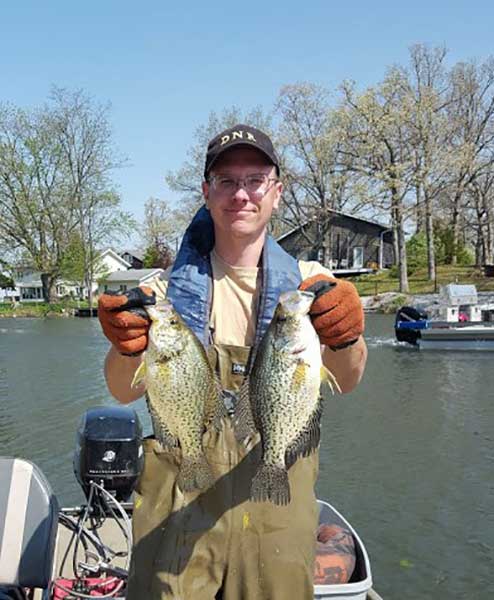By Louie Stout
 Lake Manitou on the Rebound
Lake Manitou on the Rebound
Lake Manitou is making a comeback.
An R&B Circuit Open bass tournament held there last weekend under rough weather conditions produced four limits including the winners’ five-fish, 12.43 pounds.
The big bass for which Manitou was once famous didn’t show up but it wasn’t bad considering what the lake has been through over the past decade.
It’s been slow, but fish biologists are beginning to see some improvements in the 735-acre lake in Rochester, Ind. in Fulton County.
Here’s some background to what has happened there the past 15 years and what recent fish surveys are beginning to show.
Throughout the 1990s, Manitou was one of northern Indiana’s best bass and bluegill lakes. Bass tournaments held there during that era were producing 5 fish, 15-pound limits consistently. Nice limits of bluegill were common.
The lake offered excellent habitat with a mixture of weed beds, big spawning flats and abundant forage.
But that was before a rare and exotic plant called monoecious hydrilla mysteriously found its way into the lake bottom and began to spread.
Hydrilla is prominent throughout the warmer climates of southern states but has only been documented previously along the East Coast. It’s an exotic plant that can take over a lake and make it difficult to navigate.
This was the first and only time it’s been found in Indiana.
Hydrilla can grow in lower light conditions better than other aquatic plants, grows rapidly and can mat the surface, even in deep water.
The DNR reacted quickly. Access to the lake was restricted to prevent the plant from spreading to other waters and an intense chemical treatment was applied in 2007 and in subsequent years.
Every plant in the lake, including native plants, was killed; fish populations suffered due to the loss of habitat and the diminishing water quality.
As of today, no hydrilla has been found in the lake and good aquatic vegetation is coming back. Fish managers found only 3 percent of the lake contained vegetation when they sampled there in 2011, but when they went back last year, 75 percent of the lake had some type of vegetation.
And the fish are responding.
District Fisheries Biologist Tom Bacula did a snapshot survey of the lake last year and the results were promising.
“We ran four big nets and caught 127 bluegills up to 9 inches, a 13-inch yellow perch, 70 black crappie up to 18 inches and white crappie up to 15 inches,” he said. “We were pleased with the recruitment (young fish) we saw, especially with crappie, despite the poor habitat in subsequent years. I really believe the fish population improvement is related to the return of vegetation.”
The bass population isn’t what it was before the lake was nuked with chemicals, but it also is responding.
Electro-fishing in the shallows – not an exact science but a good measuring tool- produced a fair number of bass. Comparatively speaking, the results yielded below average numbers for a natural lake, but there were signs of improvement.
“It wasn’t the worst we’ve seen but certainly not the best, either,” said Bacula. “But we did see a good group of 13- to 15-inch fish, which was encouraging.”


